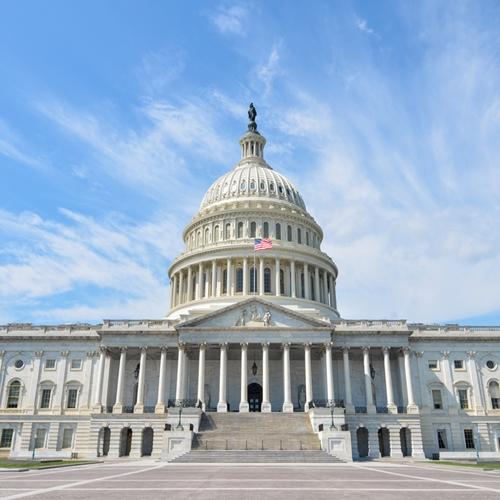WiredRE acquired a data center research firm this year to focus its resources and efforts on tackling some of the pernicious misunderstandings and myths that abound in our industry. One simple example of that has reached the U.S. Congress.
Specifically, a recent dispute over the number of data centers used by federal agencies has sparked discussion into the definition of a data center itself. Data center design is comprised of many factors, foremost among them spatial optimization. With increasing density and criticality of IT operations, enterprise and government organizations generally approach their data center research with consolidation as a primary objective. It is inherently easier and more cost effective to manage a central site, whether viewed from a risk management, operations productivity or network perspective.
How big does a data center have to be before it's considered a data center? That question is at the forefront of political debate that began in July, when a Government Accountability Office report stated that 22 of the 24 agencies participating in the Federal Data Center Consolidation Initiative reported an inventory of 6,836 data centers. The Office of Management and Budget has said that the actual number is likely over 7,000 data centers, according to InformationWeek. The plot thickens.
In May, federal lawmakers were told that there were only 3,133 federal data centers in operation, 484 of which had already been closed as agencies consolidated their information and another 371 that would be shut down by the time the government's fiscal year ends on September 30, InformationWeek reported. The new number, argued Representatives John Mica, Mark Meadows and Gerry Donnelly, could jeopardize FDCCI's forecast for closed data centers as well as the predicted cost savings of the project.
The FDCCI intends to close its underutilized and unnecessary data centers in order to reduce U.S. IT infrastructure costs. Using the old number of data centers, the savings were estimated at $2.5 billion by the project's conclusion in 2015. In response to questioning by the subcommittee, federal CIO Steven VanRoekel said that the new number is the result of a redefinition of a data center. VanRoekel said new measuring techniques indicated that more than 70 percent of federal agency data center assets measured less than 500 square feet, with many less than 100 square feet in size. The previous denotation of a data center only covered facilities that measured at least 500 square feet, and many of the new 'data centers' are little more than server closets.
What FDCCI guidelines reveal about federal data center finance priorities
While lawmakers and federal IT officials continue to discuss the finer points of data center design, it's interesting to examine how the FDCCI is slimming down its footprint. The FDCCI Task Force and the General Services Administration have developed guidelines that federal data centers must meet, Data Center Knowledge reported, including:
- Power usage effectiveness (PUE) levels at 3.0 or below
- Penetration at least 40 percent
- Data-gathering to produce a cost per hour score
- Power capacity at least 30 watts per square foot
- Facility must at least meet Tier One standards
- The data center must be owned or leased by the agency, or in the cloud
These qualifications mean that organizations are likely to consolidate their efforts in facilities that already meet most or all of the requirements, including such federal standbys as Denver, Utah and Ashburn data centers.




